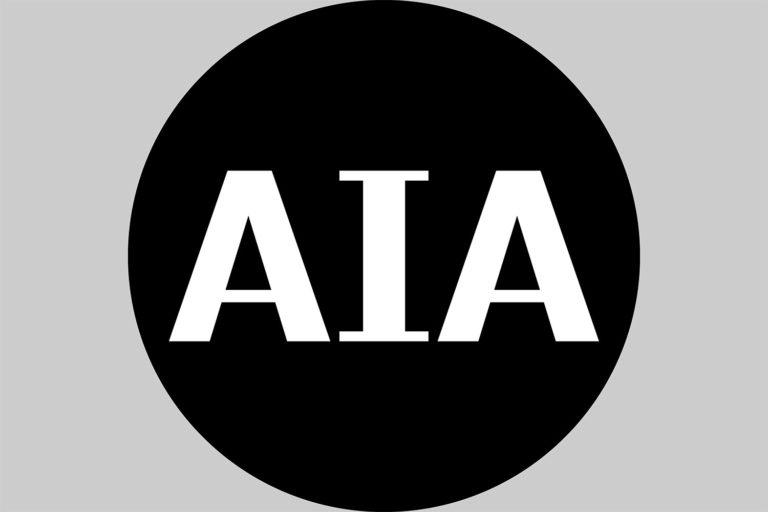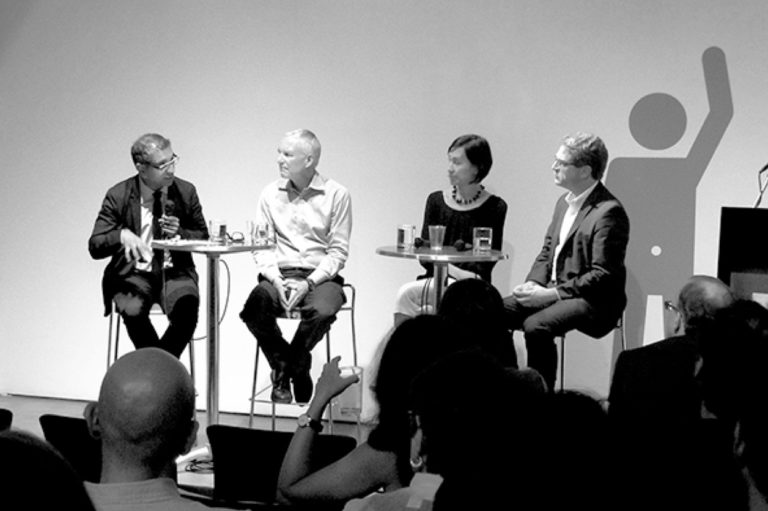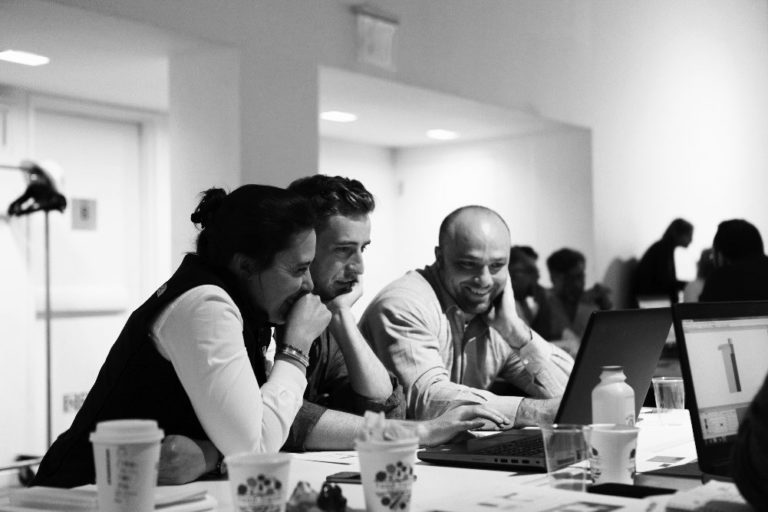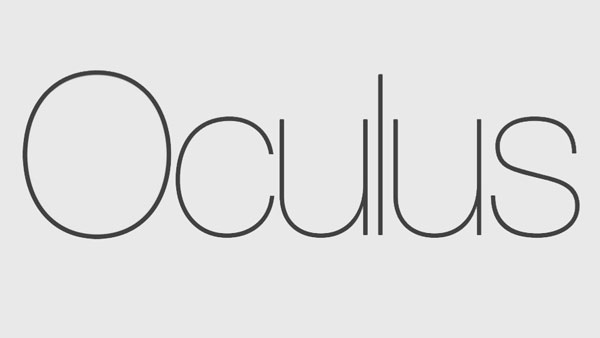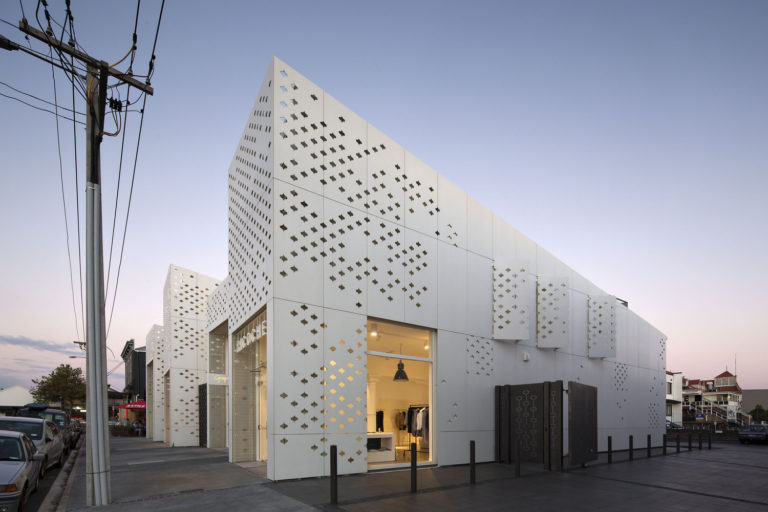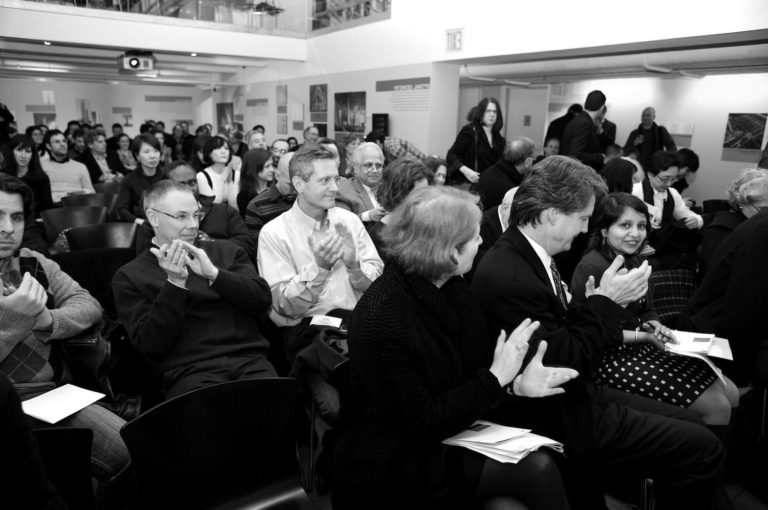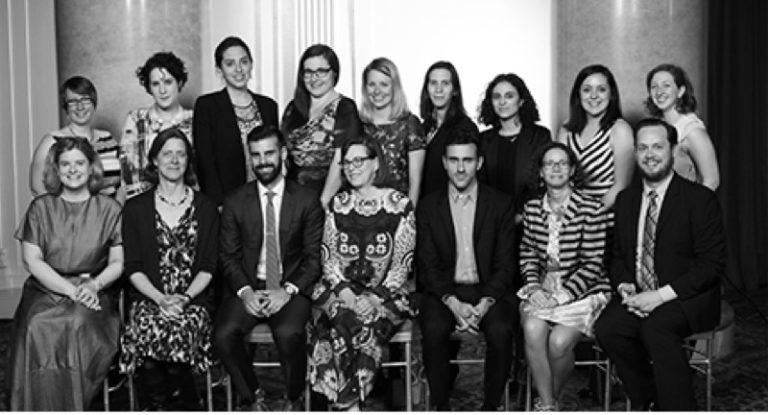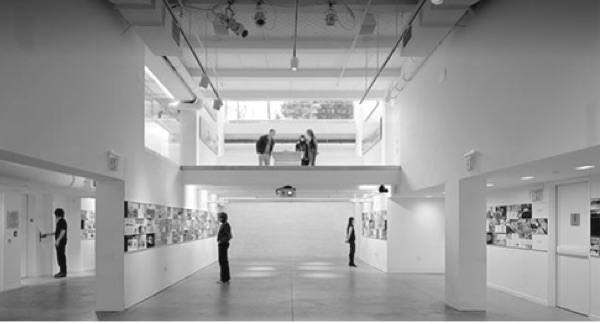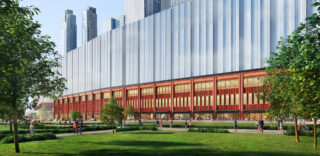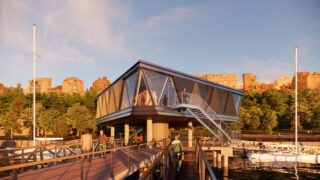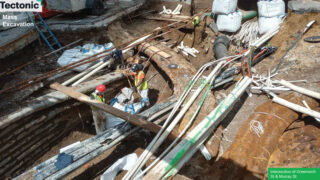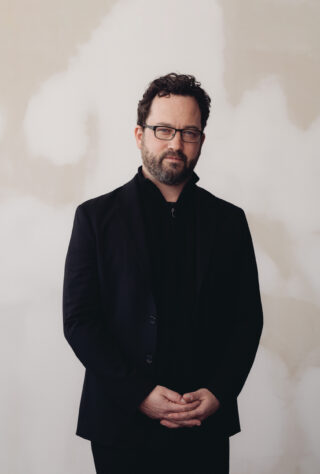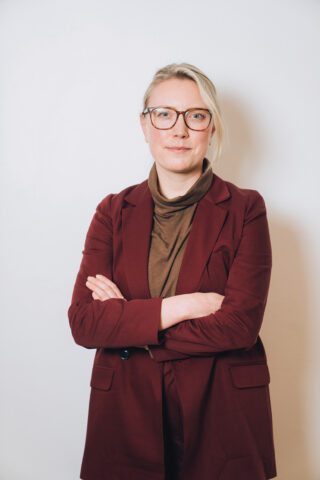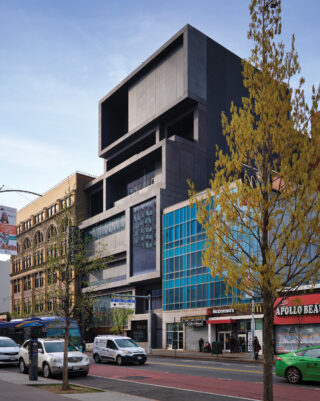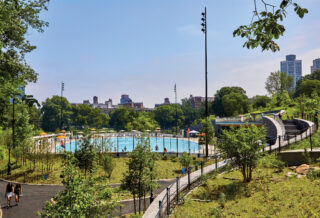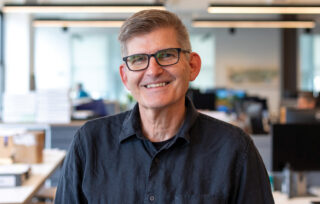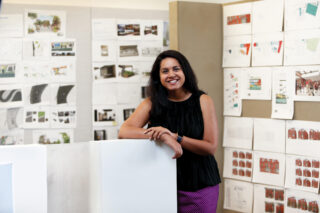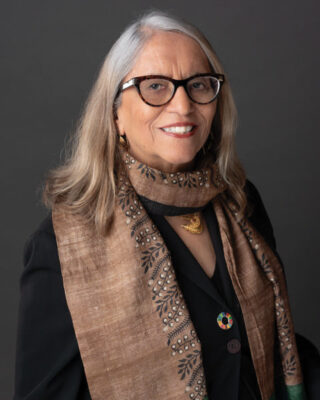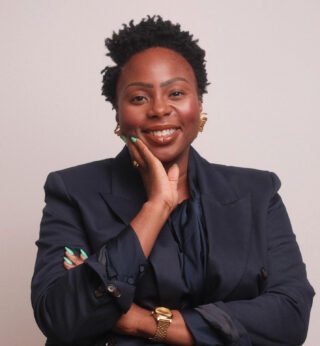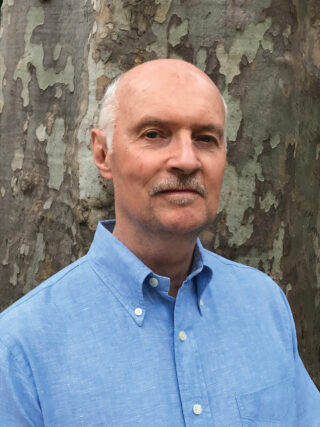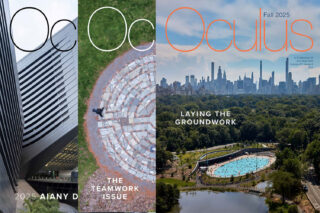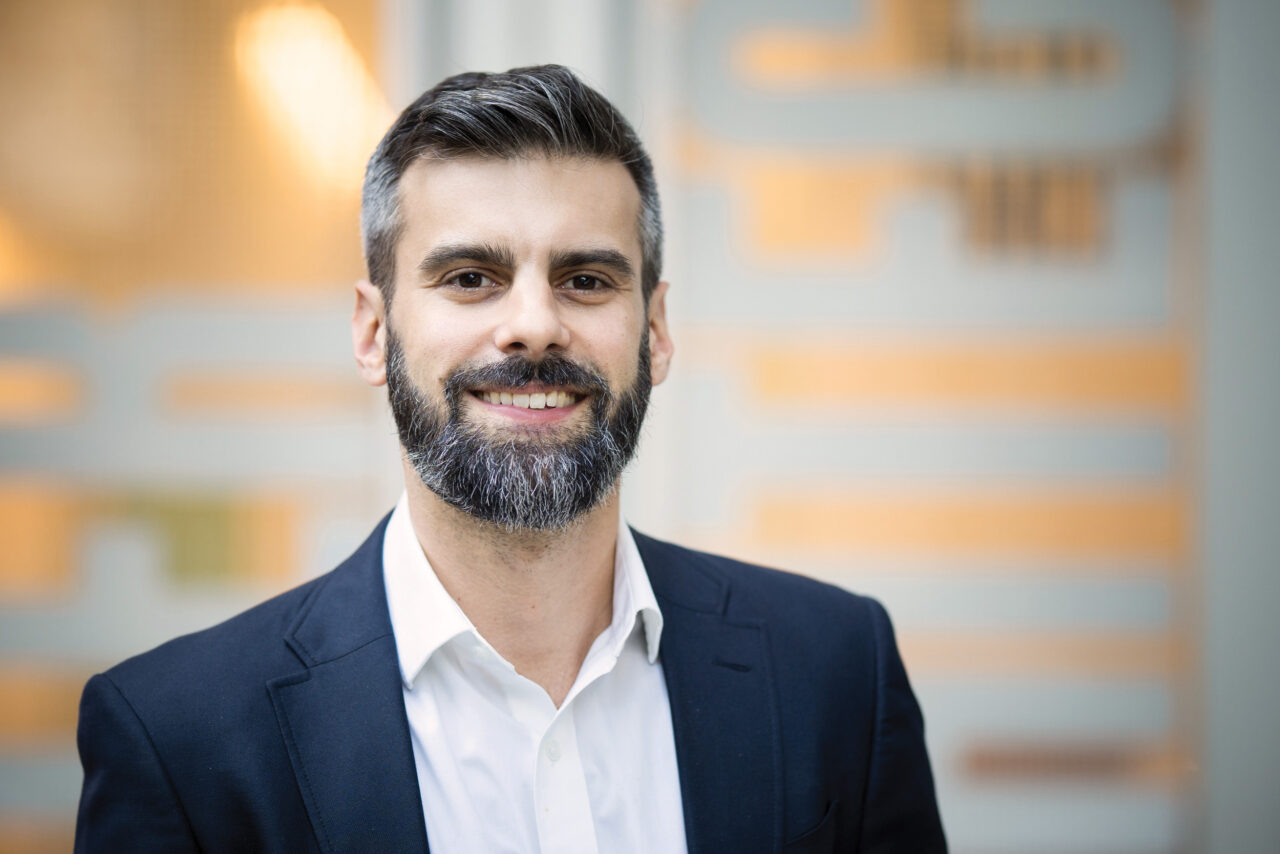
The pace and direction of change we are living through at this moment are alarming. Nationally, we are witnessing the fraying of bonds that have held politics and society together, while an aggressive federal administration and political movements are attacking civil society and basic freedoms, sowing economic chaos, and challenging many communities in our country. Locally, we feel tides of change, too, as we head into a consequential mayoral election, characterized by new ideas for what our city can and should be, who is welcome here, and how to make desired changes real.
It’s against this background that positive transformation, driven and influenced by architects, continues to advance in spite of so many obstacles. For many years, we have debated and sought to steer the future of public space, seeking better design, greater access for more people, and new ways of achieving these goals. We have worked to advance our collective understand-ing of the climate emergency, deepen-ing our commitment to resiliency and collaborating with partners to imagine how to protect the city from the effects of climate change. We have pushed for public transportation that meets the needs and aspirations of the millions of people who rely on it, and helps the city function better for all of us. Our mission to advocate for more just and sustainable communities means we always strive to foreground the people who both create and experience architecture, asking how design can elevate, solve problems, and result in more equitable access and outcomes for the spaces we design.
You’ve seen this work reflected in the pages of this issue, in the programs you’ve participated in at the Center for Architecture, in the way our AIA New York Chapter committees convene conversations and create and disseminate knowledge, and in the policy and government affairs work we are constantly trying to advance. These efforts always rely on many hands: the broad and deep support of our members and larger community. And at this moment, we are rightly concerned that some changes happening around us threaten the future we hope to bring into being.
AIANY and the Center are civic institutions that are an expression of our community’s values and interests. We operate in civil society, that web of institutions that exists between government and private businesses and individuals. That web holds together much of what we value about our city and our relationships to one another, and, while it has never been perfect, it is worth defending and supporting.
This is why colleagues at 15 design-related organizations, including AIANY, came together this summer to create a network for collaboration called the Public Design Alliance. As that group coheres and explores ways to work together in this fraught moment, it’s my hope that everyone in our community thinks of how they can empower themselves and the institu-tions of which they are members or contributors. It’s not always clear how to do that, nor is it easy, but these in-stitutions need you and one another—and New York needs all of us.
